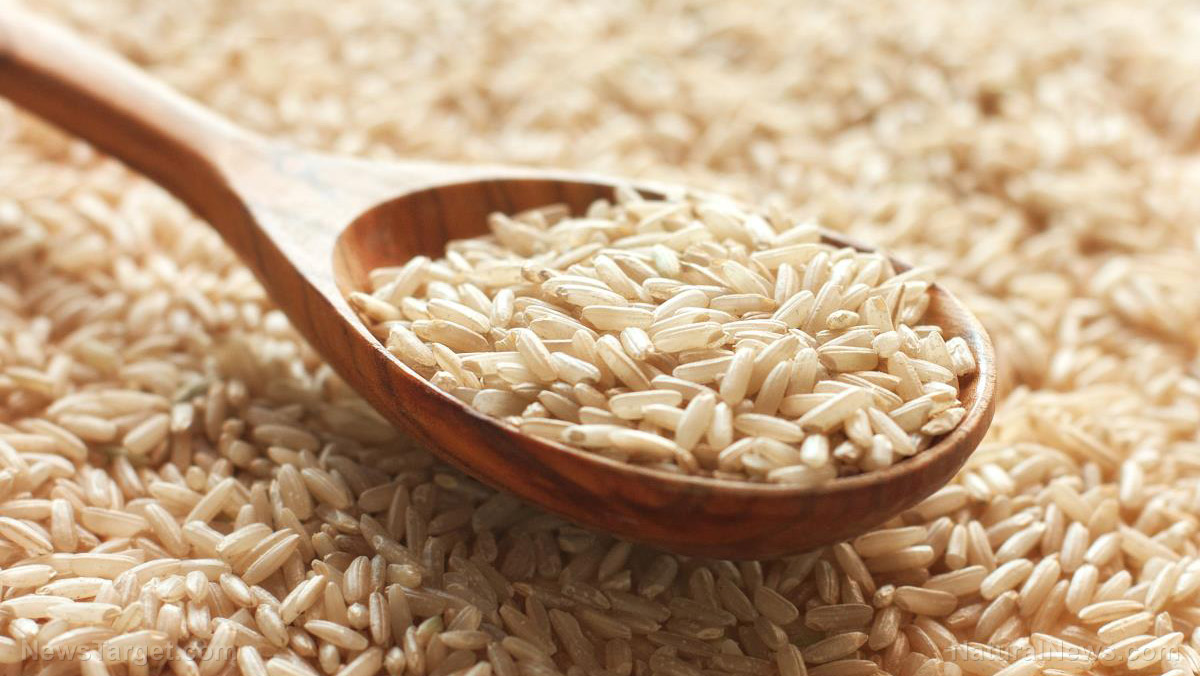Why do we gain weight in winter? Breakthrough study reveals less time in the sun promotes fat storage, as well as making us deficient in vitamin D
01/16/2018 / By Zoey Sky

According to scientists, “winter weight gain” could be partly caused by a lack of sunlight exposure during winter.
Researchers from the University of Alberta have announced that the according to the results of their study, the fat cells under our skin shrink once exposed to the “blue light” emitted by the sun.
Peter Light, the senior author of the study, said, “When the sun’s blue light wavelengths — the light we can see with our eye — penetrate our skin and reach the fat cells just beneath, lipid droplets reduce in size and are released out of the cell. In other words, our cells don’t store as much fat.”
Light, who is a professor of pharmacology and the director of UAlberta’s Alberta Diabetes Institute, explains that the fact that individuals who live in a northern climate are not exposed to enough sunlight eight months in a year could be the reason for winter weight gain.
The professor cautions that the results are an initial observation and that exposing one’s self to sunlight can have a negative effect on one’s health instead of being a guaranteed way to lose weight. Light comments that he and his team have yet to determine the “intensity and duration of light” required to activate this particular pathway.
Light believes that their discovery holds potential and that future studies could be built on the results of their study. It might even result in “pharmacological or light-based treatments” for health concerns such as obesity and diabetes. Light also posits that this mechanism could be one reason why the number of fat cells produced in childhood often “stay with us into adulthood.”
He acknowledges that there is a lot of literature that tries to explain why “our current generation will be more overweight than their parents” and that this could be linked to the debate about what should be considered as “healthy sunshine exposure.” (Related: Sunlight emerging as proven treatment for breast cancer, prostate cancer and other cancers.)
The researchers chanced upon the discovery while they were looking into how they can bioengineer fat cells that can produce insulin when exposed to light. The team is studying this procedure in the hopes of discovering a way to make life easier for type 1 diabetes patients.
The study results revealed that the fat cells stored near our skin could be “a peripheral biological clock.” While Light says that it’s too early to tell, it’s possible that the light we receive through our eyes which regulates our circadian rhythm (that directs sleep-wake patterns), could similarly impact “the fat cells that can be found near our skin.” The molecular pathway the researchers discovered was initially identified as “being activated by the eye” following exposure to the blue wavelengths in sunlight.
The pathway could act “in a sensory manner” and that it sets the amount of fat that we burn as the seasons change. People gain weight in winter and it is burned off during summer. This could be an “evolutionary process,” and there is data that supports this. Unlike other mammals, human fat can be found all over the body, just beneath the skin.
Foods that can help you lose weight
Losing weight requires regular exercise and following a healthy diet, but if you’re looking for food that can help you lose weight, check out the list below:
- Eggs — Eggs are full of high-quality protein, fats, essential nutrients like vitamin D, and choline.
- Beans — All kinds of beans are high in fiber, which can help you lose weight because it “helps you feel fuller longer.”
- Yogurt — Yogurt is full of protein and probiotics, which can benefit your gut health.
- Salmon — Salmon is a good source of high-quality protein and it contains a lot of “good” fats called omega-3 fatty acids. Eating a diet full of omega-3 fatty acids can help you feel more full.
You can read more articles about vitamin D-rich foods and healthier food options at Food.news.
Sources include:
Tagged Under: blue light wavelengths, Climate, fat, fat cells, fat storage, insulin, light, lipid droplets, natural health, prevention, sunlight, sunlight exposure, sunshine, type 1 diabetes, vitamin D, weight gain, Winter weight
RECENT NEWS & ARTICLES
COPYRIGHT © 2017 RESEARCH NEWS




















